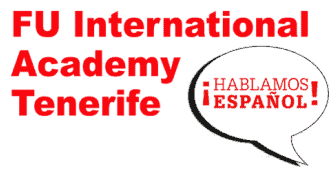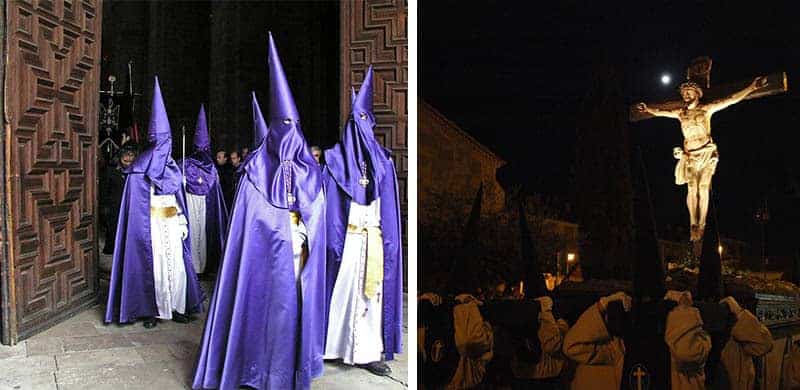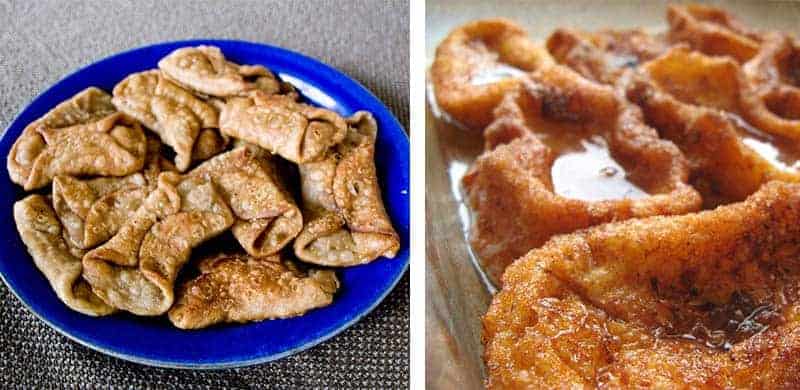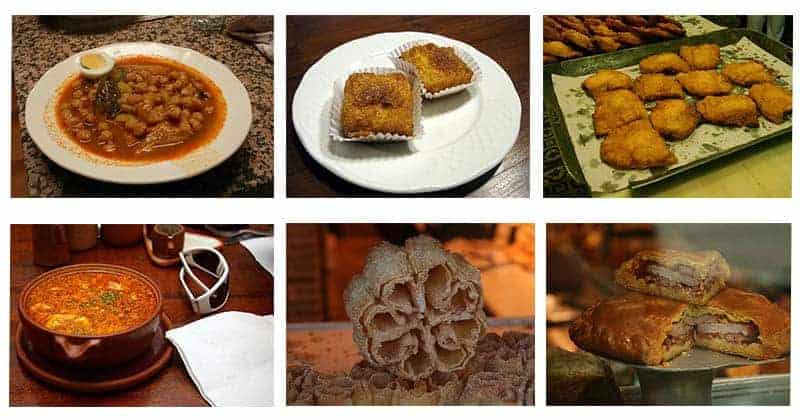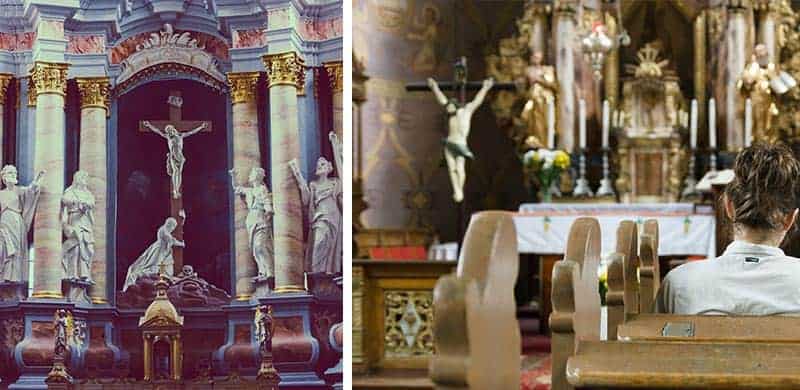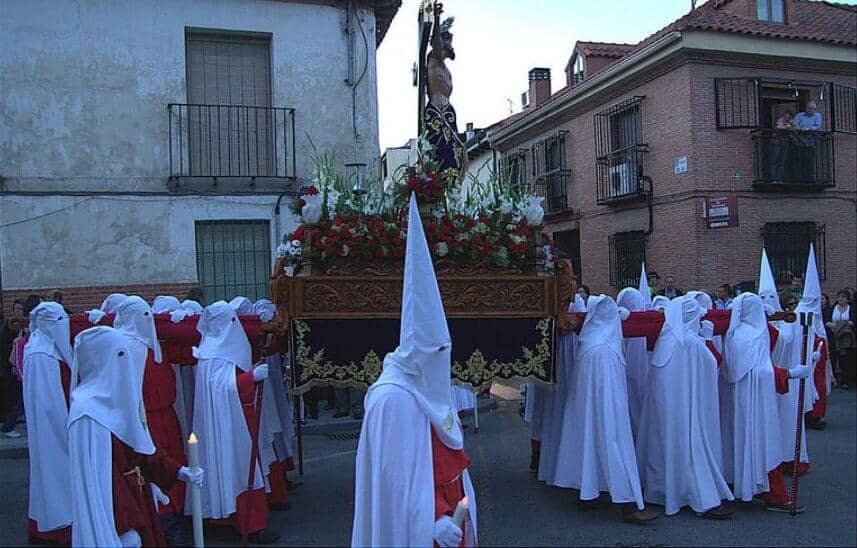
-
Save
Easter is celebrated all over the world and in many different ways. Spanish people celebrate Easter, or Semana Santa, very religiously for the entire week. Read our guide about Easter traditions in Tenerife and the whole of Spain. But first, let’s start with…
Easter Worldwide
After Christmas, Easter is the biggest holiday and celebration of Christianity, the resurrection of Jesus. Most Christians refer to the week before Easter as Holy Week, which includes the days of Palm Sunday, Easter Triduum, Maundy Thursday – commemorating the Maundy, Last Supper – as well as Good Friday and Easter Sunday itself.
During this holiday there are many traditions as Easter is rich with history and symbolic references.
It’s said that the lamb eaten during this time symbolizes Jesus’s self-sacrifice, while the wine symbolizes Jesus’s blood and the eggs serve as symbols of reincarnation. Whole-boiled eggs refer to the union of the family, life, and rebirth.
Spanish Easter Traditions
Easter in Spain (Semana Santa) is a time when Spaniards go to the streets to celebrate and enjoy their time together with family. During this time, there are a lot of processions, customs, and even more culinary specialties to be enjoyed!
The Spanish value the Holy week greatly, from Palm Sunday to Easter Sunday. For eight days, you have the opportunity to relive the last days of Jesus’s life with processions, theatre, and music, experiencing Easter much more intensely than you would in other countries.
Because the complex processions have an immense religious, historical and cultural quality, the Semana Santa belongs to the Cultural World Heritage sites by UNESCO.
This spectacle is one you really shouldn’t miss!
Palm Leaves Everywhere
One of the most important ceremonial acts of the Semana Santa is Jesus’ entry into Jerusalem. In that epoca, it was a common practice to welcome kings and other important persons with a rain of flowers and waves of palm leaves. Nowadays, the big leaves play an important role at Domingo de Ramos. After mass, every visitor takes one palm leaf consecrated by the pastor and hangs it on a wall or a door in their homes to protect their household from bad things throughout the year.
The first and most important of the processions is dedicated to the palm leaves. Children, adults and all who want to have a feeling for Jesus’s triumphal entry accompany the festive procession with palm leaves and olive branches in their hands.
If you’re in Tenerife during the Semana Santa, you can experience it first hand in the amazing city of La Laguna. It organizes the Procesión de la Burrita where Jesus enters the city Jerusalem on a donkey.
La Laguna is one of the most important cities in Tenerife during the Semana Santa. The Holy Week is very similar to the one in Castilla and distances itself from the one in Andalusia. The Laguneros are proud of their festivities and in the historic urban center, you can experience some of the most beautiful processions.
Another important custom you absolutely should not miss on Palm Sunday is “En Domingo de Ramos, quien no estrena, no tiene manos.”
The Spanish meaning: Put on a new piece of clothing! It doesn’t matter if it is socks, a new T-shirt or a completely new outfit – You will have good luck for the whole year!
Gorgeous Processions
The precious saints, decorated mostly with real gold, are the centerpieces of every procession. They walk through the streets to the rhythm of drums and, at night, they use torches and candles to light their way.
You can take part in the festivities or simply watch the processions of Semana Santa. The most amazing processions on Tenerife are staged in the towns La Laguna, Güímar and La Orotava.
When you observe a procession or see images of it, you might be surprised and ask yourself, why these people are wearing robes and hoods? Although it might look weird, there is an explanation for that. A Catholic pointed hat is called capirote and indicates the penitent’s attempt, through penance, to get closer to God.
People who are wearing robes and hats are a part of the brotherhood of a particular city. That’s why the colors of clothes are different. The tradition goes back to the Middle Age when only men could be part of these groups, Nazarenos. Nowadays, the groups are open to women as well. So, please don’t be scared, it’s not a Ku Klux Klan that you’re seeing, but a completely different religious tradition in Spain.

-
Save
Stay informed and never miss a beat!
Sign up for our newsletters and receive the latest updates on Tenerife and Spanish learning content. Plus, be the first to know about exciting news, events and exclusive deals in Tenerife. Subscribe now and make the most of your Tenerife experience!
Culinary Traditions
One definitive aspect of the Easter celebration is … food!
Perhaps all of us can remember childhood memories in which a certain type of food was being prepared during family holidays and the whole house was filled with that savory smell. Those smells stick with us for ages and probably will for the rest of our lives.
All relevant religious holidays in Spain have a reflection in the food. Although fasting during Easter is now considered old-fashioned (but is still practiced), food traditions will remain for a long time.
Days of Lenten might seem difficult to think of food-wise, but with a bit of research, we can find hundreds of meals on the Internet to enjoy. As for the Canary Islands, it’s really worth trying the typical dish, Sancocho, a salted fish served with potatoes, the traditional grain, Gofio, and the Canarian sauce, Mojo.
After avoiding sweets and other tasty temptations for lent, Catholic Spaniards certainly know how to start the Holy Week!
As a tradition itself, making Torrijas at home is how the Spanish really celebrate Easter to the fullest, its history dating back to the 15th century.
Torrijas are slices of white bread soaked with milk, sugar, and egg, which are later fried in hot oil. They are similar to French toasts. You can also find them in every pastry shop, restaurant, and bar during the feasting period.
Another typical Spanish pastry to try is the so-called Pestiños, which are commonly made in southern Spain by deep-frying a piece of dough and are often mixed with olive oil, honey, or sugar.
Here we leave you the recipe in case you wanted to try to make them at home!
The list of tremendous sweet and savory treats goes on and on, including Hornazo, Flores Manchegas, Potaje de Vigilia, Buñuelos, Croquetas de Bacalao, Mona de Pascua, Leche Frita, Bartolillos, and Sopa de Ajo.
A Trip to Seven Churches
On Jueves Santo, also known as the day of grace and charity, people visit seven chapels or churches to remember the different routes Jesus Christ made before his death, from the olive grove where he was arrested to the Calvary where he was crucified.
Every church and chapel is open day and night for visitors where people light candles and pray the rosary, asking for forgiveness.
Day of Mourning
From El Jueves Santo (Holy Thursday) the most important processions take place. The El Viernes Santo (Holy/Good Friday) is the day of great pain, where people think about the life of suffering and Jesus Christ’s death. In some parts of Spain, it’s customary to wear black clothes: women put on black dresses and scarves, while men wear black suits.
It’s still dark. You smell frankincense. You hear the rhythm of the carriers’ stamping feet and their heavy breathing. The first procession in La Laguna on this Holy/Good Friday starts at four o’clock in the morning! Before sunrise, the Procesión de Madrugada – the procession of the break of dawn – starts the day’s festivities.
A Town in Silence
However, there are more processions. At 22:00 on Holy Friday, the Silent procession starts. Everyone comes to their senses in the La Procesión del Silencio, when the only things that break the silence are the ringing of the bells that are fixed on the throne and the chains that people put on their feet. Very slowly, they move ahead out of respect for the Savior and in this moment, the community has compassion, pausing devoutly.
Back to the Past – La Pasión de Adeje
You can’t only witness the Semana Santa in the north of the Canary Island, but also in the south. In Costa Adeje a true-to-life spectacle takes place every year – La Pasión de Adeje. Around 300-400 locals who want to act gather together to represent the final period of Jesus’ life. Broadcasted live on international TV with thousands of visitors, it’s the biggest spectacle of Semana Santa on Tenerife. Anyone can apply and act in this movie, however, you need to speak Spanish. Find more information on the website of Adeje.
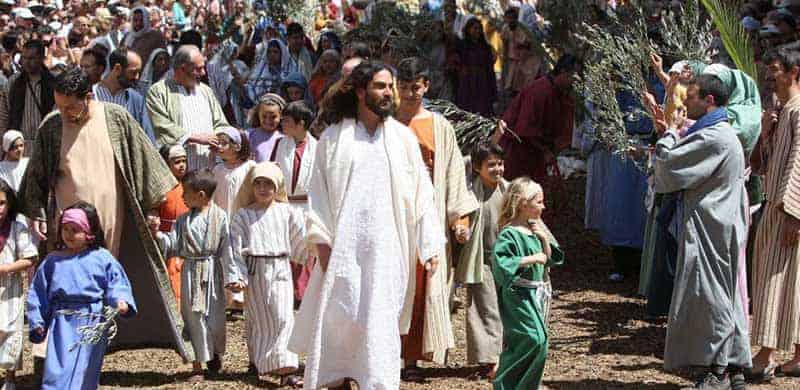
-
Save
The tradition on this performance takes place in 1995 and continues every year since then. If you want to see the documentary about this event, check it here.
You see, the Semana Santa is full of customs and traditions that are so diverse and extremely historical! On our favourite Canary Island, Tenerife, there is something for everyone to enjoy. Make sure to visit processions in La Laguna, go to La Orotava or even participate in the performance in Costa Adeje!
